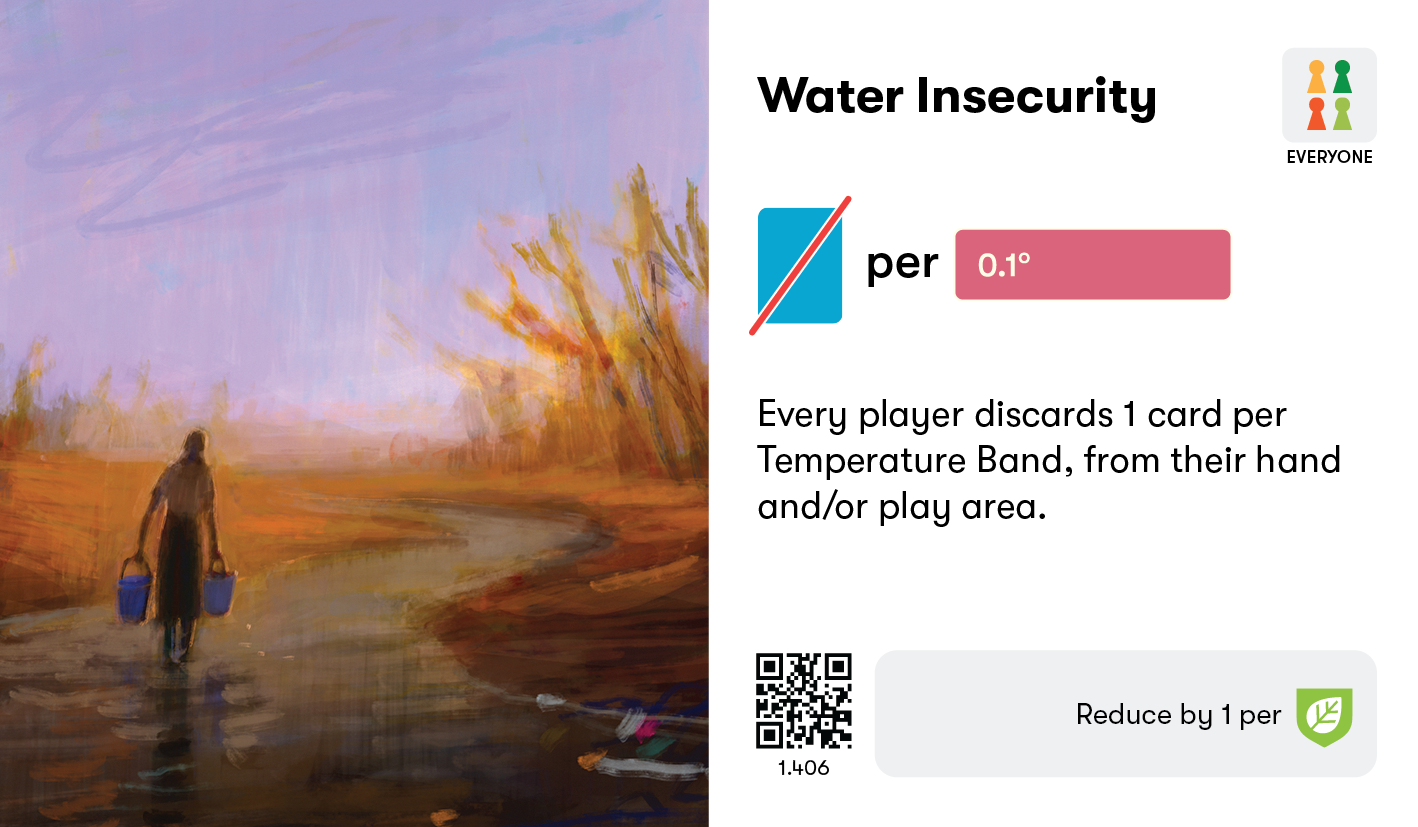Water Insecurity
Crisis
Water insecurity is a crisis of scarcity. Water scarcity occurs when people cannot fulfill their water needs due to lack of quality, because demand exceeds supply, lack of infrastructure prevents access, or institutional set-ups do not balance everyone’s needs.
As the global population increases, and resource-intensive economic development continues, many countries’ water resources and infrastructure are failing to meet accelerating demand.Water shortages already threaten over 1 billion people, with close to two thirds of the world’s population experiencing periods of scarcity.
Some groups of people are particularly affected. Poor and marginalized groups are on the frontline of any water scarcity crisis, as they are least able to afford water in times of scarcity. Lack of water impacts their ability to maintain good health, protect their families and earn a living. For many women and girls, water scarcity means more laborious, time-consuming water collection, putting them at increased risk of physical attacks and often stopping them from gaining education or work.
The climate emergency is making water scarcity worse. Not only are rainfall patterns changing, and hot temperatures accelerating evaporation from reservoirs, terrestrial water storage – the water held in soil, snow and ice – is diminishing. This results in increased water scarcity, which disrupts societal activity.
Lack of data means lack of integrated management. Many countries do not have well developed water monitoring systems, which prevents integrated water resource management that can balance the needs of communities and the wider economy, particularly in times of scarcity. Often uncontrolled industrial demand for water, water pollution driven by commercial and agricultural activity and leaky pipe networks contribute to lack of water for the people who need it most.
Water has to be treated as a scarce resource. Integrated water resources management (IWRM) provides a broad framework for governments to align water use patterns with the needs and demands of different users, including the environment.
Every player must discard 1 card per Temperature Band, from their hand and/or play area.
Players can reduce this effect by 1 for each Ecological Resilience token in their player board.
For example: 3 Temperature Bands – 2 Ecological Resilience = discard 1 card.
Cards discarded from the play area can come from anywhere in any stack, including the front card. If a player discards the front card from a stack, the action on the card directly beneath it becomes available.
Resilience tokens are not discarded.

Learn what the drought plan in your area is, and make sure to follow it in periods of dry weather.
Campaign for your government to establish robust controls against industrial, agricultural and commercial pollution, requiring companies that break these rules to pay for remediation and ecological restoration solutions.
Campaign for safe, well-maintained, low leakage water systems in your area, run by the government.